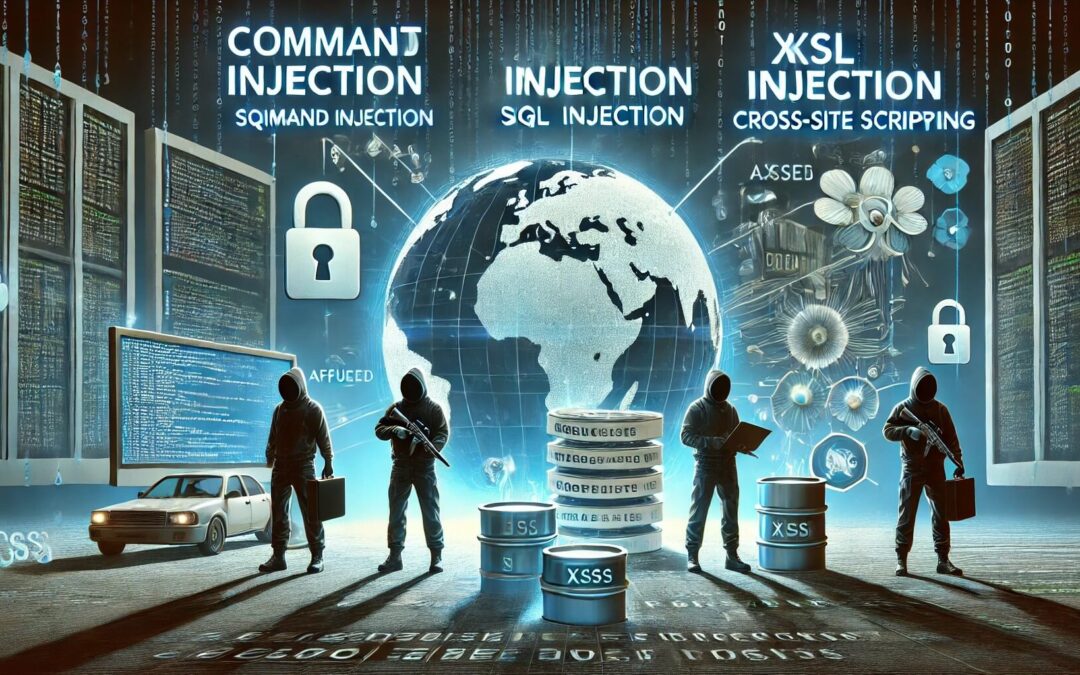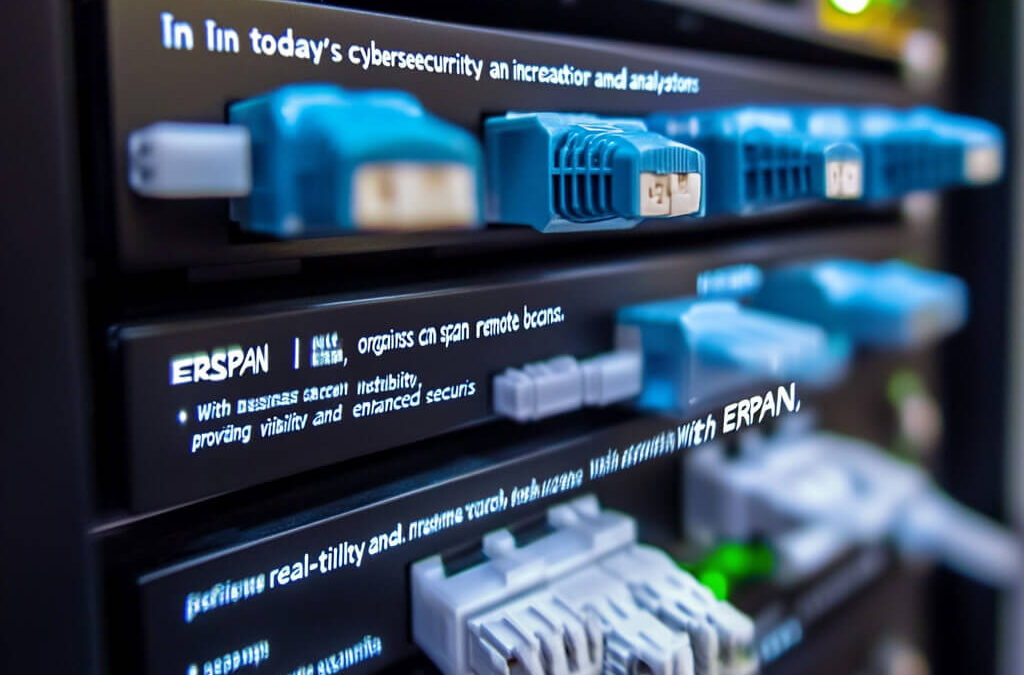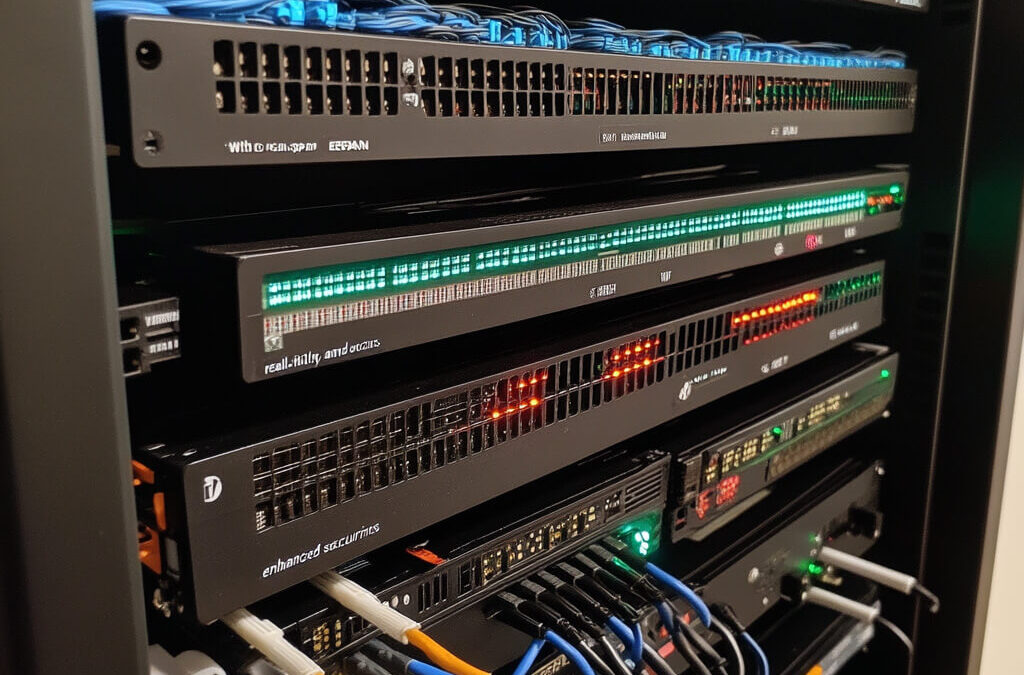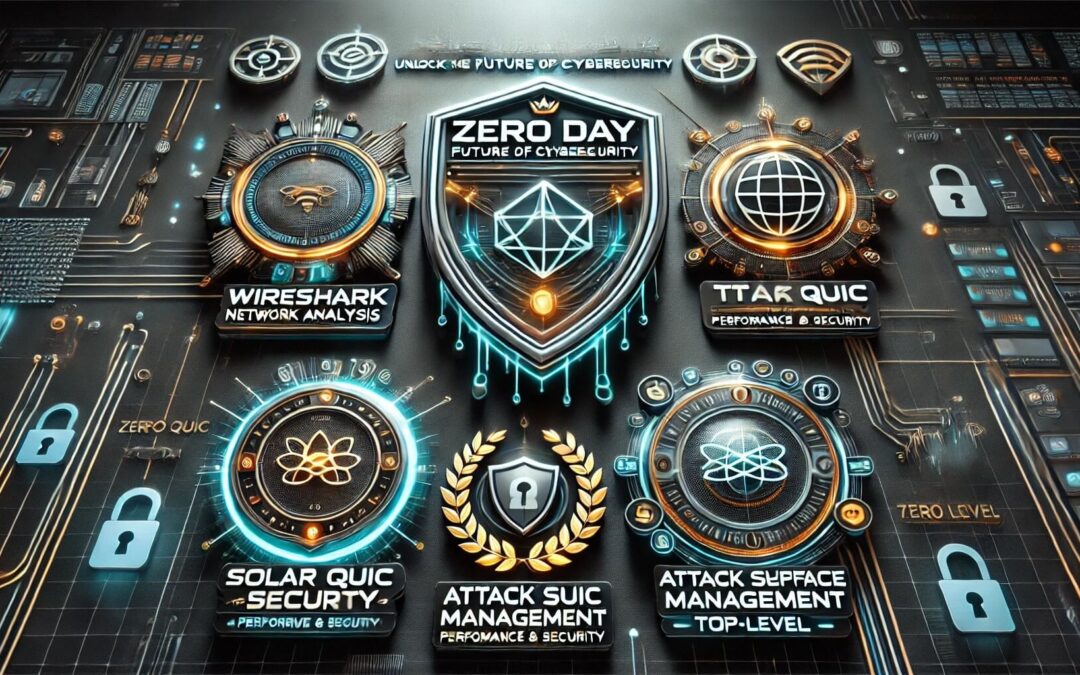Bill Alderson’s Insights: Transforming Cybersecurity from Reaction to Prevention
In the vast and intricate landscape of cybersecurity, Bill Alderson, an expert deeply entrenched in the field, narrates a story capturing the essence of innovation, human error, and the perennial struggle between protection and vulnerability. His voice, one of experience and authority, is tinged with profound concern for the trajectory of digital security.
Bill begins with a reflective look at the state of the cybersecurity community, marked by what he describes as “learned helplessness.” This term captures the resignation that seeps into professionals as they face an onslaught of cyber threats with tools that often seem more reactive than preventative. He challenges this status quo, invoking the age-old wisdom of Benjamin Franklin: “An ounce of prevention is worth a pound of cure.” This foundational belief in proactive measures forms the bedrock of his philosophy.
The narrative delves into a critical case study—the SolarWinds breach
This incident, as described by Bill, is not merely a technical failure but a profound breakdown in systemic trust and security protocols. It exemplifies how the cybersecurity landscape can be compromised not just by the lack of robust defenses but also by the erosion of vigilant practices. Bill meticulously unpacks how the breach unfolded, highlighting the initial intrusion via a compromised update system. The attackers exploited trust in a software improvement program, illustrating a significant vulnerability: the dangerous intersection of operational necessity and security oversight.
Bill paints a vivid picture of the breach’s mechanics, noting how the attackers could access critical network systems through seemingly benign software updates. This method allowed them to infiltrate deeply without immediate detection, manipulating systems and extracting sensitive data under the guise of routine operations. He emphasizes that the breach was not just a moment of technological failure but a stark reminder of the importance of scrutinizing even the most routine elements of our digital infrastructure.
This discussion transitions into a broader reflection on the principles of “zero trust” security—a paradigm that assumes no entity, internal or external, should be trusted by default. Bill advocates for this approach not merely as a technical strategy but as a philosophical shift necessary for the future of digital interactions. Understanding the ‘who, what, when, where, and why’ of network interactions becomes crucial, and he suggests that implementing rigorous verification processes at every step can significantly enhance security frameworks.

Amidst these technical discussions, Bill does not lose sight of the broader implications for society
He warns of the psychological impact continuous threats impose on cybersecurity professionals, likening it to a form of warfare where the mental toll can be as debilitating as the physical threats in traditional conflicts. This perspective adds a layer of human depth to the cybersecurity challenges, highlighting the resilience required not just in systems but in the individuals who protect them.
As the narrative unfolds, it becomes clear that Bill sees these challenges not just as hurdles but as opportunities for profound learning and adaptation. His call to action is clear: shift the cybersecurity focus from mere detection and response to robust, proactive prevention. He envisions a future where cybersecurity measures are so ingrained and anticipatory that the digital infrastructures supporting our daily lives are as resilient as they are indispensable.
This story, rich with technical insight and human experience, underscores a pivotal moment in our technological journey. It calls for a reevaluation of how we protect our digital worlds—not through resignation to inevitability but through a vigorous, enlightened approach to prevention. It’s a narrative that compels us to look forward, armed with knowledge and unwavering in our resolve to secure the digital landscapes that have become central to our way of life.









